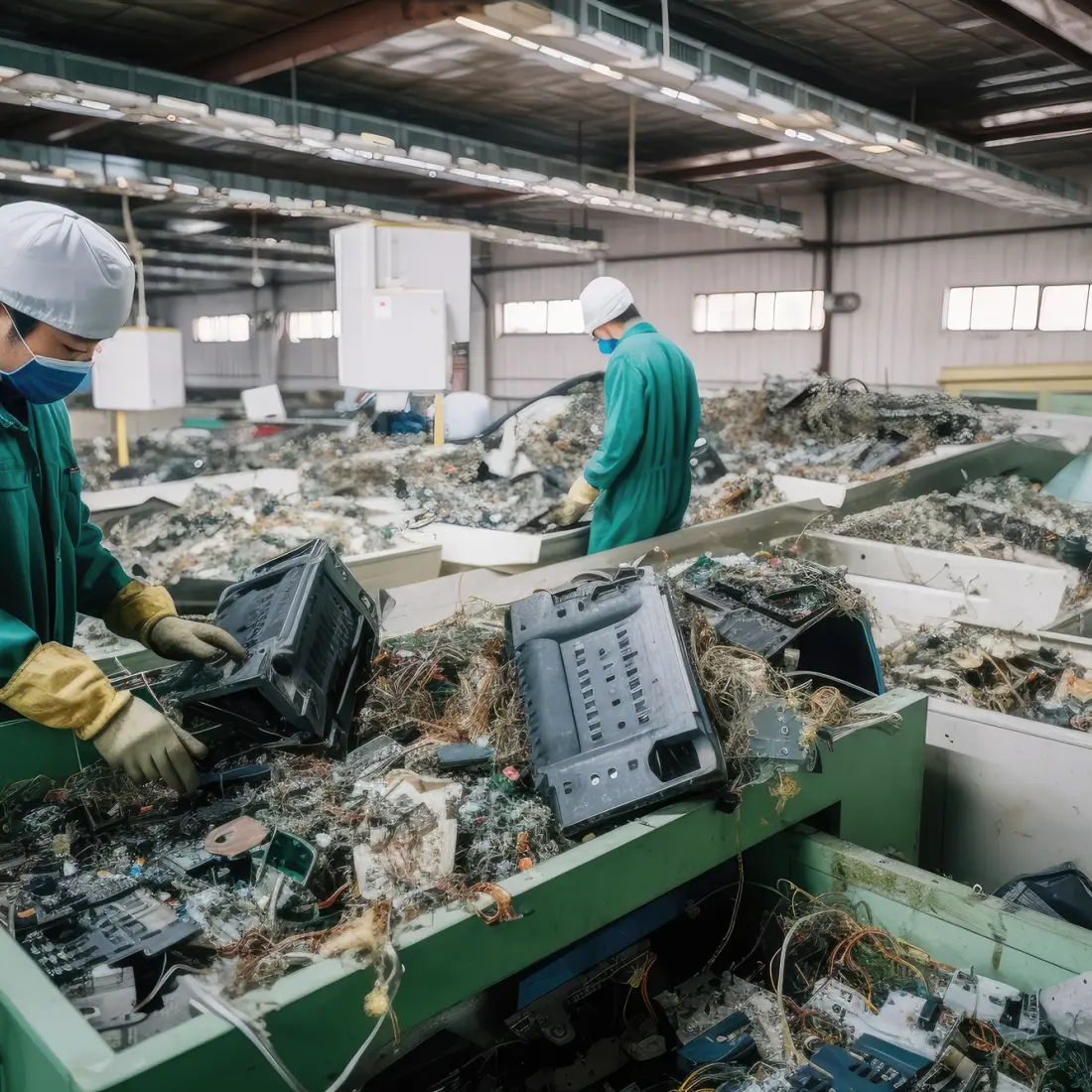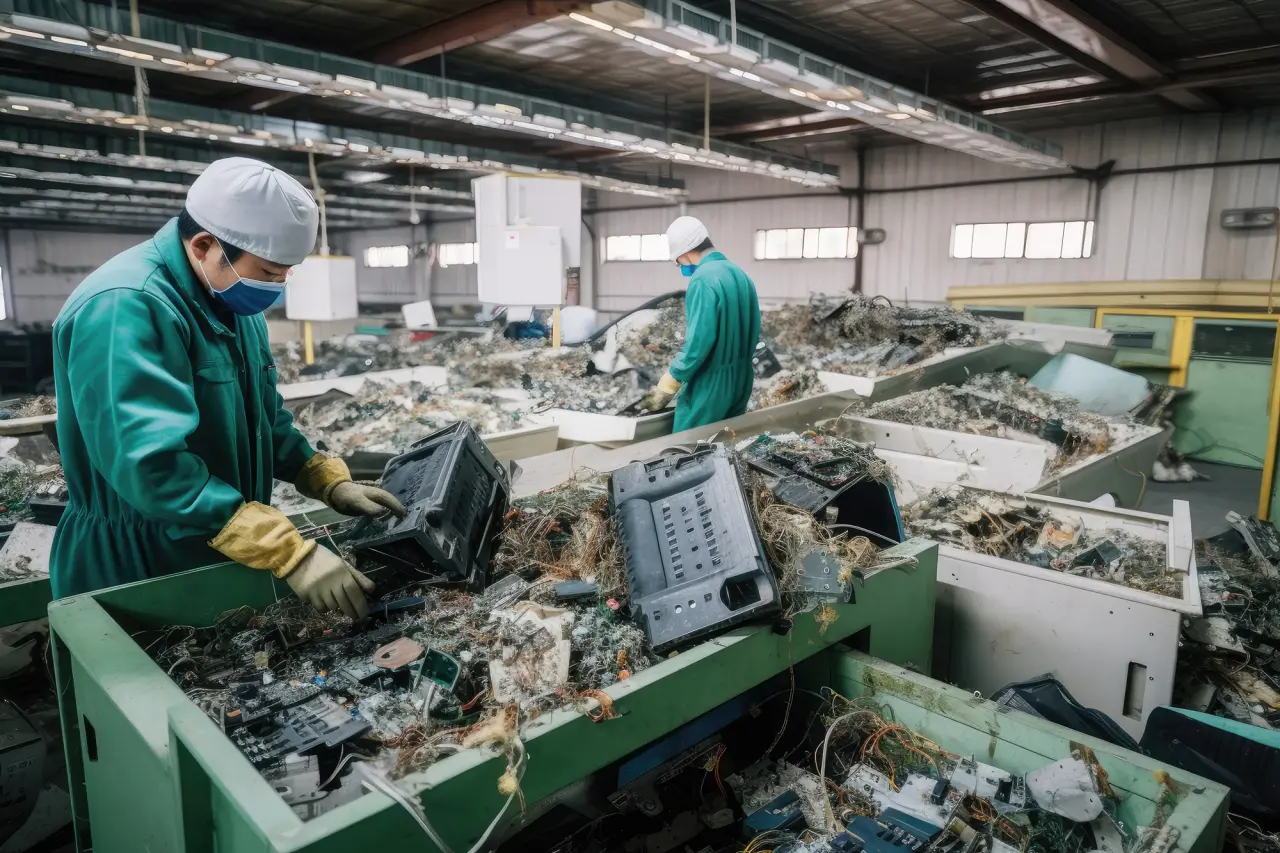The costs of obsolescence in renewable energy


Solar and wind are highly effective forms of sustainable energy production and show immense promise moving forward. With the potential for energy independence, reduced overhead expenses, and tax benefits, it’s easy to see why a growing number of businesses are investing in renewable energy. One issue, however, that is concerning to many companies is the degradation and disposal of solar panels and wind turbine equipment.
For instance, experts say that six million tons of dead solar panels may be thrown out annually by 2050. Recycling is an option, but the price of recovered materials doesn’t always add up to the costs of processing a used panel. This makes obsolescence in renewable energy something that organizations need to address head-on.
What is obsolescence?
Obsolescence is outdated equipment or one that’s becoming less relevant over time. e. As materials degrade with the elements, hardware can lose its efficiency or stop functioning completely. Additionally, equipment may become incompatible with newer advancements or fail to meet updated regulations. As a result, owners will eventually need to replace their assets, leading to sunk costs and more waste.
Within the context of renewable energy, there are two main types of obsolescence to consider:
- Technical obsolescence is when equipment may still be working but is no longer valuable or wanted. This happens when a more recent version of the equipment comes out.
- Functional obsolescence is when equipment can’t handle operational needs anymore. This happens when it becomes outdated to the point that it’s no longer viable for use.
While technical and functional obsolescence are issues that can be minimized or overcome, they are factors that a business should consider before committing to investments in renewable energy.
Understanding obsolescence in renewable energy
Regardless of whether it’s technical or functional obsolescence, this issue is problematic for organizations and individuals investing in sustainable energy production. After all, it’s difficult to justify spending a lot of money on a solar or wind system if you’ll soon need to replace and dispose of it.
A real-life example comes from the UK and Ireland, where wind farms built in the mid-1990s are becoming obsolete because the utility-style 1.3MW turbines that they use are no longer commercially available and cannot easily be replaced. As you might imagine, this functional obsolescence is creating difficulty for those wind farms and has created both a financial and logistics headache.
Here are some other examples of issues that can arise when equipment becomes obsolete:
- Reduced efficiency of solar panel cells over time;
- System incompatibility where old solar panels or wind turbine equipment no longer matches a new system;
- Maintenance issues where it’s difficult to find compatible replacement parts for old equipment.
These possibilities represent obsolescence risks that organizations should account for when investing in renewable energy.
The consequences of obsolescence
Let’s look at some specific costs associated with obsolescence, which stem from older obsolete equipment or new equipment becoming obsolete in the future.
Installation and upgrade costs
In many cases, the initial costs of upgrading an older, obsolete system to a newer, energy-efficient system might cost more than upgrading a newer, less obsolete system. A brand new rooftop solar panel system for an older business building could come with upfront investment costs. However, businesses can recover much of these costs through rebates, tax incentives, and energy savings within the first few years. Maintenance and future upgrades could also contribute to additional costs, but that depends on various factors.
Future devaluation of investments
The value of renewable energy investments can decline over time. If, for example, future technology makes the current version of your renewable energy system outdated and unwanted, it could force you to replace it earlier than you’d like and greatly reduce the resale value.
In turn, you may not get a solid return on your investment. With technological innovations occurring so frequently, obsolescence risk is a real concern even if you invest in the latest, most cutting-edge technology. Therefore, funneling big money into innovations like these isn’t something organizations should walk blindly into.
Lack of standardization and integration
Another common issue many businesses encounter is a lack of standardization with renewable energy solutions. If the purchased solar panels or wind turbine equipment isn’t properly standardized, it’s likely to create compatibility and integration problems with existing infrastructure and future upgrades. Needless to say, this can create major complications and additional expenses.
E-waste burden
Once solar or wind turbine equipment is obsolete, it becomes what’s known as electronic or “e-waste,” which is the fastest-growing category of solid waste in the world. In this regard, renewable energy efforts can contribute to unsustainable practices if the full product lifecycle isn’t properly managed.
Second, obsolescence creates a financial burden, especially if it’s a large-scale renewable energy system. Whether it’s due to technical or functional obsolescence, disposing of solar or wind turbine equipment comes at a cost. The more equipment there is to dispose of, the greater the expense.

Increased external costs
One final issue to consider is negative externalities, which are undesirable outcomes that occur for third parties due to renewable energy production. For example, using a renewable energy system can lead to environmental degradation if you have to clear out an expanse of land to set up solar panels or wind turbines.
E-waste can be another source of negative externalities. That’s because electronics contain toxins like mercury, lead, and lithium that are harmful to humans, vegetation, and wildlife. These pollutants can seep into soil and water sources if e-waste is not scrupulously contained.
As more and more energy equipment becomes obsolete, this practice of throwing equipment out — no matter the external cost — can become normalized. However, obsolescence isn’t a fact of life. People and organizations don’t have to be in a constant cycle of resource use and disposal, spending a vast amount of money to replace ineffective sustainability equipment.
Mitigating obsolescence risks in renewable energy
Here are some key ways to reduce costs and risks associated with obsolescence:
- Use proactive analytics and modeling via capable software to eliminate much of the guesswork. Cloud-based modeling software for solar systems, for example, allows organizations to estimate the performance before installing or upgrading accurately..
- Design systems for resilience and long-term efficiency utilizing software to help you find the best layout. With it, you can analyze a potential site’s feasibility beforehand and have full transparency of the long-term costs. You can also perform slope analysis to pinpoint the optimal slope angles, even if there’s uneven terrain.
- Use life-cycle planning when investing in renewable energy solutions to know approximately how long you can expect solar or wind turbine equipment to last. That way you can realistically gauge the lifetime before technical and functional obsolescence occurs.
- Use reused and recycled materials, especially at scale. Not only does this have a positive environmental impact, it can reduce your overall costs.
These strategies used in conjunction should put you in a position to effectively implement a renewable energy system and dramatically increase the likelihood of it being profitable long-term.
Future-proof strategies for renewable energy
Looking into the future, there are several ways to increase the likelihood that your renewable energy solutions will produce clean energy sustainably while overcoming obsolescence. Using rooftop solar energy can reduce or eliminate the need for expensive transmission lines that have to be installed and maintained. This reduces building time and prevents land from having to be cleared to accommodate solar panels.
You can also upgrade your broader infrastructure to smart grid technology, which allows you to produce renewable energy without being on the outdated grid system. In turn, you’ll be in a position where you’re far more likely to continually use this technology for the long haul without encountering obsolescence any time in the near future. Besides that, enacting widespread policy changes that strategically prioritize things like life-cycle planning and long-term efficiency can be advantageous.
Conclusion
As technology advances at unprecedented levels, it’s almost impossible to defeat obsolescence entirely. However, you can prevent it from happening by performing continual research for sustainable solutions. The more you know, the less likely you will invest in the wrong technology that will become outdated in a short time.